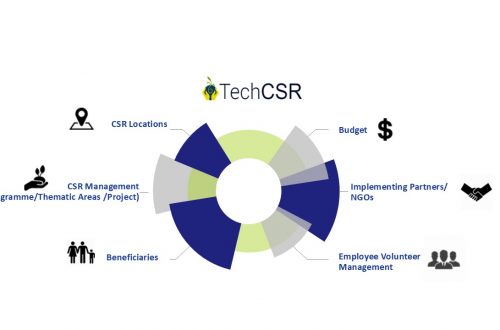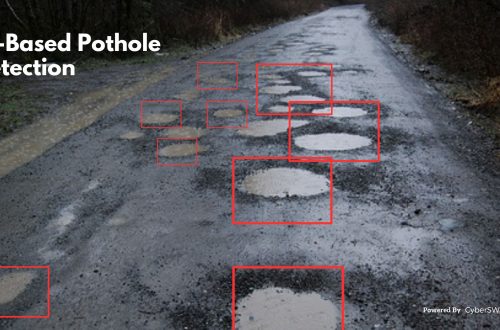
Advantages of AI and GIS-Driven Compensatory Land Allocation System
The allocation of land resources plays a pivotal role in shaping societies and economies. In recent years, the integration of Artificial Intelligence (AI) and Geographic Information Systems (GIS) into land allocation software has ushered in a new era of efficiency and precision. This blog delves into the advantages of AI and GIS-driven compensatory land allocation software, highlighting how it streamlines the land allocation process, enhances decision-making, and promotes sustainable land management.
Enhanced Decision-Making:
AI and GIS-driven land allocation software empowers decision-makers with robust analytical tools. By processing vast datasets and applying advanced algorithms, land software can provide invaluable insights into land characteristics, topography, soil quality, and environmental factors. These insights enable more informed decisions about land allocation, ensuring that parcels are allocated to the most suitable recipients or purposes.
Efficient Resource Allocation:
Efficiency is the cornerstone of land allocation software. It can rapidly evaluate and prioritize land parcels based on predefined criteria, such as land suitability, proximity to infrastructure, and zoning regulations. This streamlined process reduces administrative overhead and optimizes resource allocation, making it possible to allocate land more quickly and effectively.
Fairness and Transparency:
Fairness and transparency are critical in land allocation processes, especially in cases involving multiple stakeholders. This software can mitigate the risk of bias and favoritism by adhering strictly to predefined rules and objective criteria. This transparency fosters trust among stakeholders and minimizes the potential for disputes, ensuring that land allocation is carried out with integrity.
Optimal Land Utilization:
Land is a finite resource, and it is crucial to use it efficiently to meet diverse societal needs. AI and GIS-driven land allocation software can analyze land parcels in great detail to determine their best use based on various factors. These factors may include land quality, ecological considerations, and existing infrastructure. As a result, land resources are used more optimally, promoting sustainable development and reducing waste.
Environmental Sustainability:
In the era of heightened environmental awareness, land allocation must consider ecological factors. A land software with AI & GIS technology-enabled can incorporate environmental data, such as habitat maps, water sources, and conservation areas, into the decision-making process. This ensures that land is allocated in ways that minimize negative environmental impacts and protect sensitive ecosystems.
Real-time Monitoring:
Effective land management extends beyond allocation; it also involves ongoing monitoring and compliance verification. AI and GIS technology-driven software or system can facilitate real-time monitoring through remote sensing, satellite imagery, and data analysis. This capability enables authorities to promptly detect unauthorized activities, encroachments, or non-compliance with allocation conditions, preserving the integrity of allocated land.

Improved Record-keeping:
Traditional land allocation processes often rely on manual record-keeping, which is susceptible to inaccuracies and corruption. AI and GIS-based land software offers a digitalized approach to land record management. All land-related data is securely stored electronically, minimizing the risk of data manipulation and ensuring the integrity of land records.
Public Engagement:
Transparency and public engagement are vital for maintaining trust in the land allocation process. AI and GIS-driven software can provide real-time updates on the allocation process, making information readily accessible to the public. This promotes transparency and allows for greater public participation in decision-making, reducing the likelihood of conflicts and legal disputes.
Conclusion:
AI and GIS-driven compensatory land allocation software represent a monumental shift in how land resources are managed. By harnessing the power of AI and GIS technologies, this software offers enhanced decision-making capabilities, efficient resource allocation, fairness, and transparency. It also optimizes land utilization, ensures environmental sustainability, facilitates real-time monitoring, and improves record-keeping.
As the global population continues to grow and urbanize, the demand for effective land allocation becomes increasingly critical. AI and GIS-driven land software (LAMS) not only address this demand but also contribute to sustainable land management practices. In a world where land is a finite and precious resource, the adoption of AI and GIS-driven land allocation software is a vital step toward ensuring that land is allocated and managed responsibly for the benefit of current and future generations.

Currently heading the Business Development at CyberSWIFT, Dip is a Creative, Collaborative, Solution-Oriented Technologist, who is passionate about providing a Win/ Win situation to both Client and Company. With 10+ years of experience in the IT & Geospatial Industry, he has been in different shoes at different times viz. Strategic Business Development, Direct Sales, Project Management, Solution Architect, etc.





